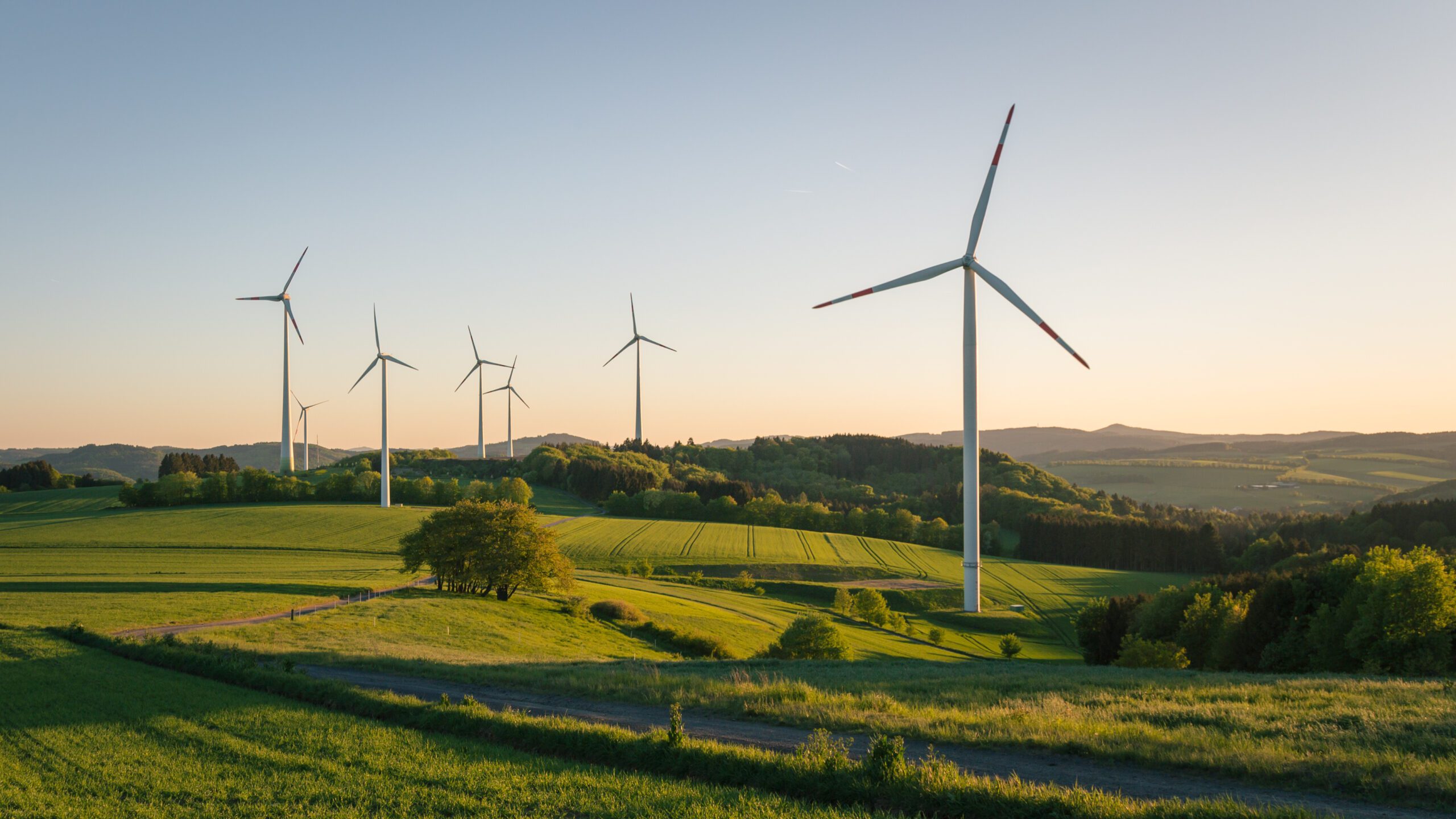We’ve said it before, and we’ll say it again. We want to use unmanned aviation to make our world a better place. Our UAVs produce about one-twentieth the emissions of even the smallest crewed aircraft. In the race to Net Zero, Flylogix technology is proving invaluable in a range of sectors and applications.
Recognising that one such sector – renewable energy and in particular onshore and offshore wind – is going to play a vital role in achieving many of the increasingly urgent environmental targets, we recently appointed Adam Nicholls as our business development manager for this specific sector.
“It’s been calculated that renewables need to grow six times faster, in order to get to the targeted share of the energy mix,” says Adam. “Certainly, at current installation rates the world is on target to deliver only about 65% of the wind energy we need. In terms of offshore wind turbines for example, the UK urgently needs another 2,500, which is as many as we’ve installed in the last 22 years. And with current world events, that urgency to transition to new forms of energy has become even greater.
The world is gearing up for wind power
In the past 10 years, the UK’s offshore wind industry has seen rapid growth, with more than 10.4GW of installed capacity, totalling 2,300 turbines now in UK waters. The 2030 target of 40GW implies the installation of an additional 2,500 wind turbines, while the European Union has set a 300GW target for 2050.
“It’s not as if there isn’t the know-how, or the technology. Essentially it comes down to the speed at which wind turbine developments can be progressed. There is certainly the will – North and South America, Europe, Japan, Australia – are all starting to really ramp up their commitment to wind.”
“In particular, we need to significantly improve environmental assessment methods, which will then speed up the consenting processes,” says Adam.
Global offshore wind farms are, typically, only 50 kilometres from shore, which means they are comfortably within the Flylogix operating range. In fact, our current range of 650 kilometres and five hours’ flight duration – and the fact that we are improving efficiency, range, payload-capacity all the time – means we can always fly from the best-suited airfield, and still have a significant amount of time on site for the collection of data.
Broadening our horizons
“Governments certainly want to see things moving faster, but of course, they are always going to be wary of other, negative impacts and unintended consequences. We know that Flylogix can contribute to the much faster track that is essential for some of these critical processes. Just as importantly, we know that we can achieve this with a far smaller carbon footprint than competing methods.”
“In fact, the UK in general has a big lead in the sector with a lot of businesses exporting their expertise around the world. The whole industry is, because of its very nature, very innovative, and that suits Flylogix down to the ground – we love to be challenged, and we are geared up to move really fast. The urgency of the climate challenge pretty much invites us into this space.”
“The work that we’ve carried out and the challenges we’ve overcome to provide fast, accurate methane measurements for offshore oil and gas platforms has been the ultimate testing ground for us.”
“And, of course, it’s not purely about speed. Cost will always remain a factor, which is why Flylogix UAV technology ticks so many boxes.”
“We’ve proven we can fly over-the-horizon for long distances and long durations – safely, efficiently, economically. We’ve proven we can measure things accurately, and we’ve shown our problem-solving capabilities,” says Adam.
“Not surprisingly, the number and the range of people in the renewables supply chain that we are talking to is increasing.”
During 2019 carbon intensity of 3.5t CO2e per GWh for attending vessels was calculated during the operation and maintenance phase of a wind farm. Targets for Net Zero imply elimination of this carbon overhead.
“We’re keen to be part of that reduction journey,” says Adam. “And together with our partners we’re advancing quickly into commercially available solutions around the world.”





